Can better working practices help overcome labour shortages?
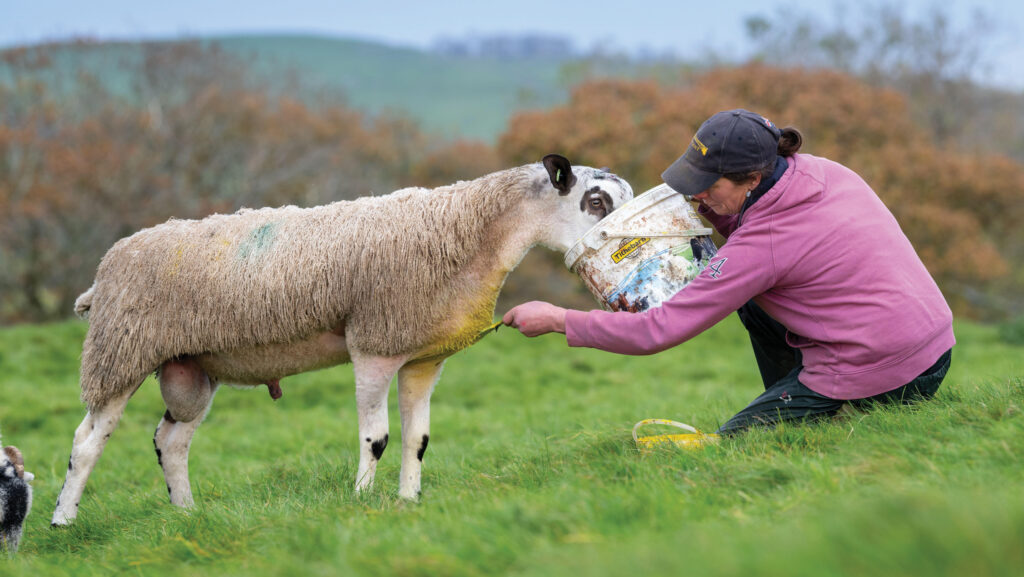 © Wayne Hutchinson/Alamy Stock Photo
© Wayne Hutchinson/Alamy Stock Photo Agriculture is facing a number of labour challenges in 2024, with many farmers and those in ancillary industries struggling to recruit and retain staff.
In recent decades, a high proportion of workers in dairy, poultry and horticulture have come from overseas. But with the previous government having clamped down on legal immigration, this supply can no longer be relied upon.
See also: Read all our Level the Field content in one place
The average age of a farmer in the UK currently sits at 59, and although much outreach is taking place, there are concerns that the younger generations simply do not want to work in the sector – particularly in a tight labour market.
This perception is supported by the results of a recent NFU survey, where 77% of respondents said they had struggled to find workers because of a lack of applicants.
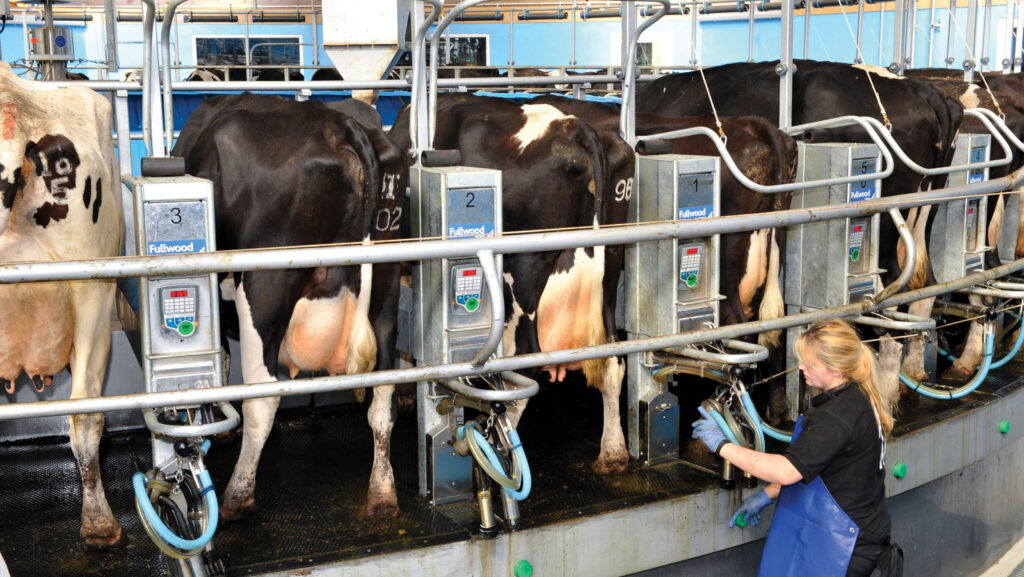
© Wayne Hutchinson/Alamy Stock Photo
Mental health
Worsening mental health is another huge issue in the farming sector today, with a recent Farm Safety Foundation survey finding 95% of farmers under 40 believe it is the biggest hidden problem facing the industry.
Two of the major contributors to poor mental health were revealed to be long hours and a lack of holidays.
Hugh Pocock at Cultura Connect said these issues should prompt a change in mindset among farmers and push them to think about changing working practices – including offering flexible working.
Previously, employees who had 26 weeks of continuous service could request flexible working. But in April 2024, employees were given the right to request flexible working from day one of employment.
“Having creative flexibility allows for great talent,” says Mr Pocock. “Since Covid, people’s views on what is important in life have changed and for some, family life is key.
“A lot of business owners will work all hours, and they will expect their employees to do the same – but it’s not sustainable.”
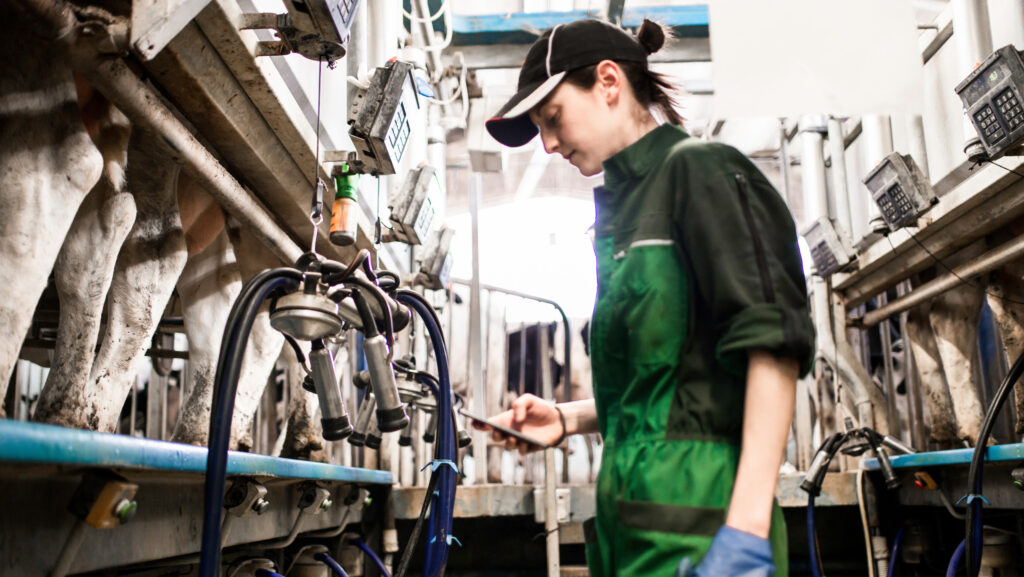
© Adobe Stock
Part-time workers
An approach that Mr Pocock has seen to be successful on farms is introducing a team of part-time workers, as opposed to three full-time people, and often the wage bill is no bigger.
“When farms are limited to two or three full-time people, holidays or sickness can create a bottleneck, whereas part-time workers are more likely to be able to help out in those times,” he says.
“It often falls to the farm owner to cover the hours, which can create challenges in mental wellbeing, and even animal welfare. Now that the legislation has come in around flexible working, it should be seen as a positive.”
For women in particular, but also for men who are parents or have other caring responsibilities, being able to work around family schedules is a key factor in the retention of staff.
Farmers Weekly’s Level The Field research, published earlier this year, found 75% of women and 72% of men believe commitments to children are the biggest obstacle to them reaching their career goals.
Flexible working arrangements would help to resolve this problem, with an annual motherhood survey carried out by Natural HR in 2023 showing flexible working was a “deal breaker” for three out of four mothers.
Of the respondents, 86% said they would look at the flexible working policy of a company before applying for a role.
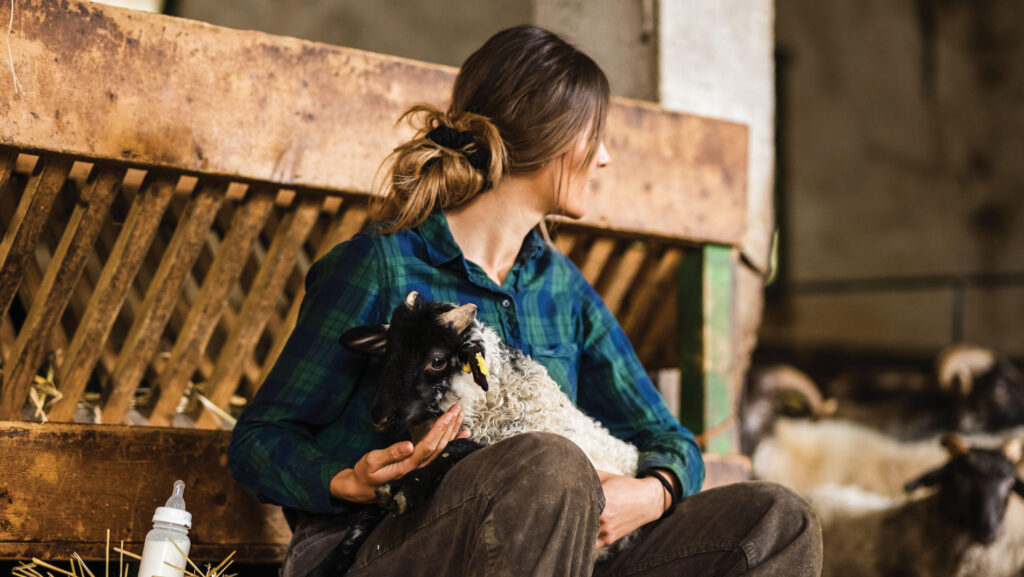
© Addictive Stock Creatives/Alamy Stock Photo
Milking cows
Karen Halton, a dairy farmer from Cheshire who prides herself on recruiting a high proportion of female workers, supports them with milking patterns that allow flexibility for childcare.
Milking takes place from 4.30am to 8.30am, 1pm to 4.30pm, and 9pm to 11.30pm.
For women who need to drop off or pick up children from school, they can start work at 1pm and finish at 3.30pm – with someone covering their last hour in the parlour – or they can start at 3.30am and finish at 8am.
Ms Halton believes flexibility can be built into all farm work. “Anyone who says it can’t be done is the problem,” she says.
“You can work and change anything. If you look hard enough, there’s always a solution. What they’re doing is looking for a problem so that they don’t have to deal with it, or do it.”
School runs
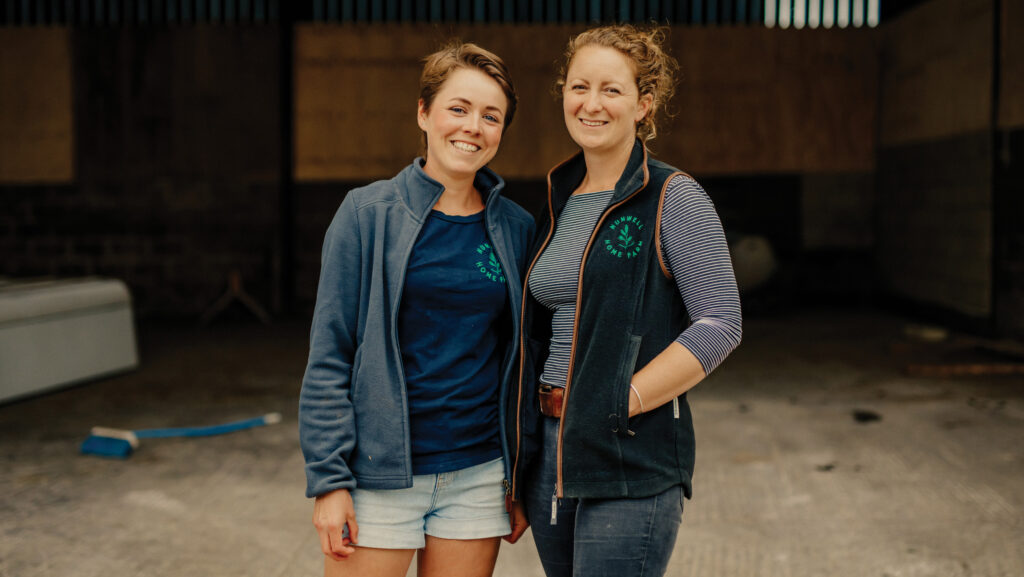
Hollie Fallick (left) and Francesca Cooper © Nunwell Farm/Peter Flude
Francesca Cooper and Hollie Fallick, who run a mixed farm comprising cattle, pigs and chickens, near Brading on the Isle of Wight, take a similar approach.
Between them, they have five children under 10. “Our day-to-day is all set up around the school runs. We make sure the farm is designed to support the two of us, and that one of us has a day off a week,” says Ms Cooper.
They also try to manage the workload around school holidays.
“The summer holidays can be difficult, but we try and taper down the work, shift around our direct sales, and reduce our public-facing work.
“It’s obviously still a juggle, but we have tried to design our system so it’s not super intensive. We check the cattle, feed the pigs, feed the hens and collect the eggs once or twice a day. None of that is majorly time critical,” she says.
“We’ve found that really helps in giving us the flexibility to fit around kids and family.”
Commercial benefits
There is a growing evidence that flexible working can reduce absenteeism and increase productivity too.
Other measures, such as proper planning for and transparency around maternity and paternity leave, as well as offering employee benefits, can build on this foundation.
Farmer and agri-tourism pioneer Caroline Millar from Angus, north-east Scotland, says she treats staff at her five-star tourism business, the Hideaway Experience, the same as her guests.
“We are currently recruiting, and it has made us think about why people would want to work here,” she says.
“A lot of people say they’re attracted to a small team where they feel valued and are thanked – a lot of it isn’t even to do with money.”
Ms Millar has introduced flexible working and tries to be as accommodating as possible, particularly for those caring for children or families.
Even smaller things like birthdays are never missed. “It can be as simple as a birthday cake, or investing in training,” she says.
“Something small, like a staff barbecue, costs little, but has a large impact on the business. It can be a tool for attracting employees and retaining your team.”
How to improve working practices
For advice and tips on how to introduce flexible working, navigate maternity and paternity leave, and offer employee benefits, see our Farmers Weekly’s Level The Field improving working practices guide.
What is flexible working?
- Job sharing For example, two employees sharing a full-time position
- Compressed hours For example, five days’ worth of work in four days
- Working from home (WFH)
- Hybrid working Combination of WFH and working on-site
- Flexible working hours This can be a combination of some of the above – for example, adjusting start or finishing times, or allowing WFH on some days
- Flexitime When the employee chooses when to start and finish work, but works core hours – for example, 10am to 4pm
- Staggered hours Different start, finish and break times to other employees
